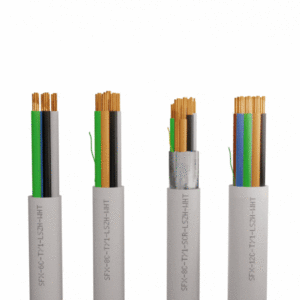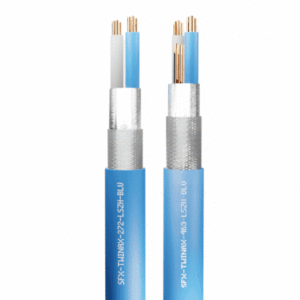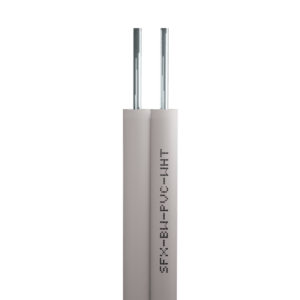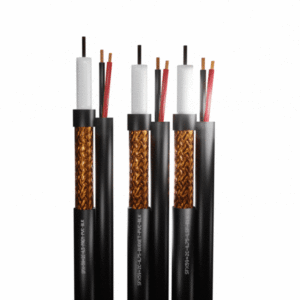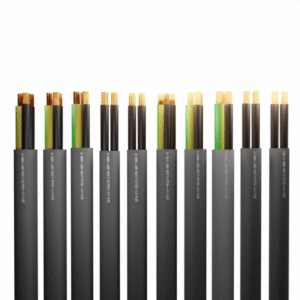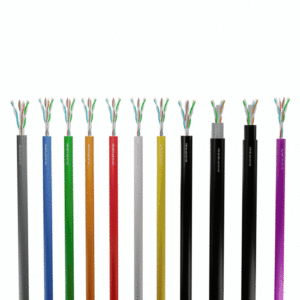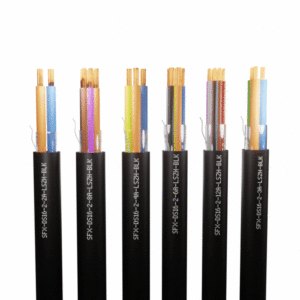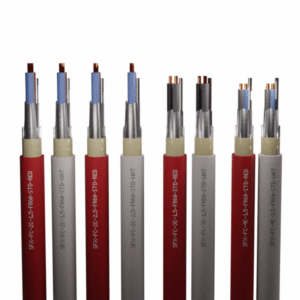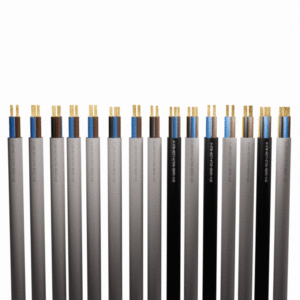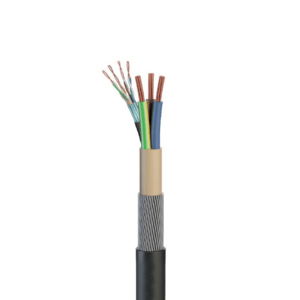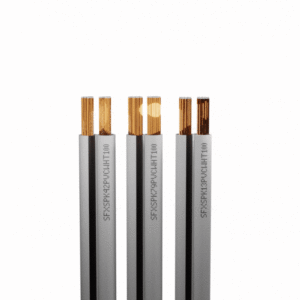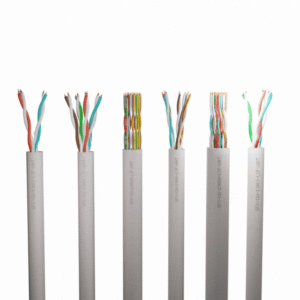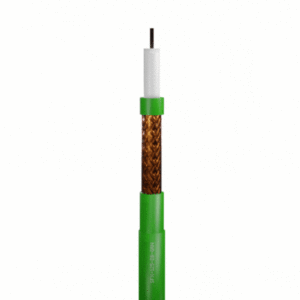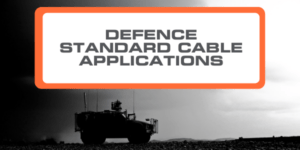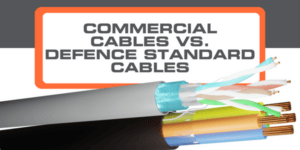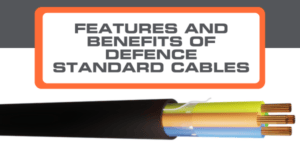Defence standard cables connect and power the intricate web of communication, surveillance, and weapon systems in the military domain.
These cables can withstand the harshest conditions and perform flawlessly when needed most. To enable this, they undergo a battery of rigorous tests.
In this article, we’ll explore defence cables and the tests they go through before reaching the market.
These tests include environmental assessments, EMI (Electromagnetic Interference) testing, electrical evaluations, and lifecycle assessments.
Environmental Testing
- Temperature Testing – Defence cables endure extreme temperatures, ranging from Arctic cold to desert heat. They must function reliably regardless of the environment. Temperature testing involves exposing cables to extreme cold and hot conditions to ensure they remain operational.
- Vibration Testing – Military vehicles and equipment endure constant vibrations in rugged terrains. Testing must assess the cables’ capability to endure these vibrations without compromising their performance. Vibration testing simulates these conditions.
- Humidity and Salt Spray Testing – Naval and coastal applications require cables to resist corrosion from saltwater exposure. Humidity and salt spray testing assesses the cables’ ability to maintain their structural integrity and electrical performance under such conditions.
- Shock Testing – Military operations often involve sudden shocks and impacts. Testing assesses the cables’ resistance to mechanical shocks, ensuring their
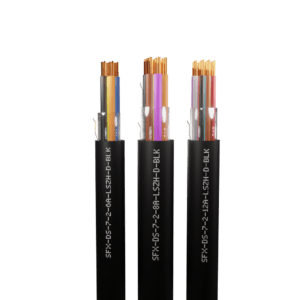 ability to endure these unforeseen events.
ability to endure these unforeseen events.
EMI Testing
- Electromagnetic Compatibility (EMC) Testing – Various electronic equipment, which can emit electromagnetic interference, expose defence cables. EMC testing assesses a cable’s susceptibility to interference and its’ ability to function without disruption in an EMI-rich environment.
- Radiated Emissions Testing – Cables must not emit harmful electromagnetic radiation that could compromise the security and stealth of military operations. Radiated emissions testing ensures cables remain covert.
- Electrostatic Discharge (ESD) Testing – ESD can damage sensitive electronic components. ESD testing evaluates how well cables can dissipate static charges without damage.
Electrical Testing
- Conductivity and Resistance Testing – Electrical integrity is paramount. Conductivity and resistance testing assess the cables’ ability to conduct electrical signals efficiently while maintaining low resistance.
- Voltage and Current Capacity Testing – Defence cables often carry high-voltage and high-current signals. These tests determine whether cables can handle the specified voltage and current levels safely.
- Insulation Resistance Testing – Insulation breakdown can lead to catastrophic failures. Insulation resistance testing checks for any flaws in the insulation that might compromise cable performance or safety.
- Short Circuit Testing – In case of a short circuit, cables must not catch fire or explode. Short circuit testing evaluates the cable’s ability to handle high fault currents safely.
Lifecycle Testing
- Bend and Flex Testing – Defence cables are subject to constant movement, especially in mobile military equipment. Bend and flex testing assesses a cable’s durability under repeated flexing, ensuring it doesn’t crack or degrade.
- Tensile Testing – Cables need to withstand tension without breaking or losing functionality. Tensile testing measures the cable’s ability to bear a specified load without failure.
- Abrasion Resistance Testing – Military cables can rub against abrasive surfaces during deployment. Abrasion resistance testing determines how well the cable’s outer sheath can withstand wear and tear.
- Cyclic Loading Testing – Cables must perform reliably under cyclic loads, such as repeated deployment and retraction. This test assesses their performance under such conditions.
In Summary
Defence standard cables are important in military operations, providing the link for communication, surveillance, and weapon systems.
Their reliability is paramount, and to ensure this, they undergo a battery of rigorous tests.
These tests include environmental assessments to withstand extreme conditions:
- EMI testing to resist electromagnetic interference.
- Electrical evaluations for optimal conductivity and safety.
- Lifecycle testing to ensure long-lasting durability.
The testing protocols used in the development of defence cables not only enhance their reliability but also contribute to the overall effectiveness of military operations.
As technology continues to evolve, so do the challenges faced by defence cables.
Making ongoing testing and innovation crucial to maintaining the highest standards of performance and security in the military domain.
Securi-Flex® offer a range of Defence Standard Cables which are available directly from stock.
If you have more questions, feel free to contact our friendly team. We’re always happy to help!

